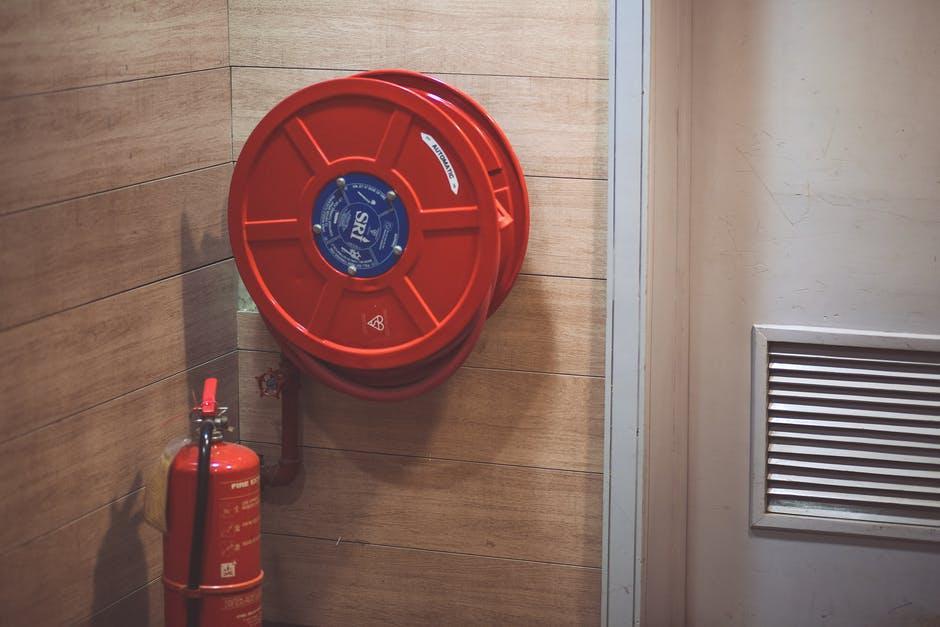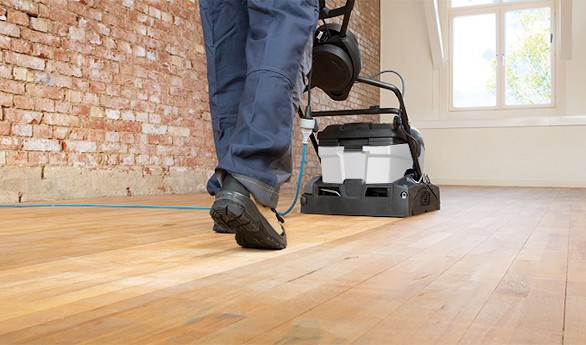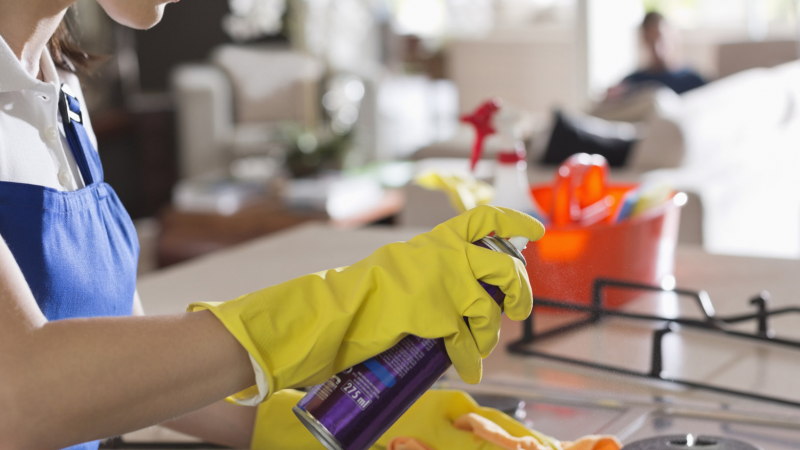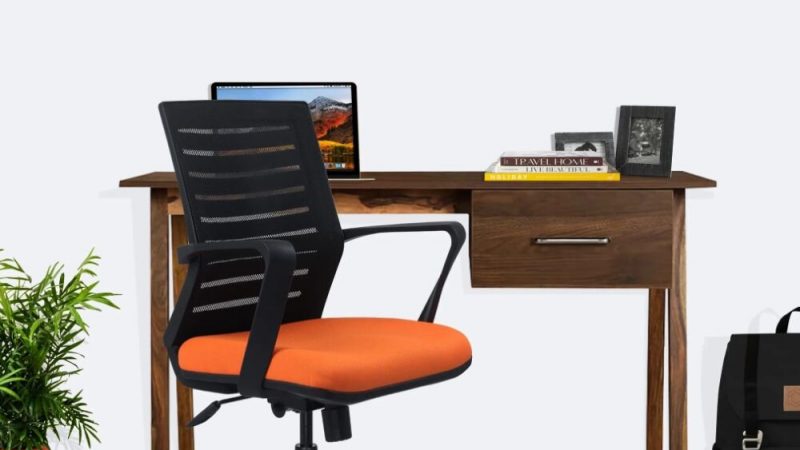Fire Hose Reels and Fire Hydrants: What You Need to Know

Did you know a fire becomes unsurvivable in less than 3 minutes? Over 50 Australians meet fatal ends each year in a fire, and most of these are preventable.
This highlights the importance of having proper fire safety measures in place. When using fire hose reels, you have to consider a lot of things and you must ensure they will function whenever needed.
Keep reading to learn more about hose reel installation, maintenance, and how to make sure you’re protected.
What Are Fire Hose Reels?
A fire hose reel is the first line of defence, for use by the general public in the early stages of fires. The occupants of a building should be able to use it quickly to subdue a fire, minimising damage and preventing further injuries.
A reel has a direct connection to the main water supply and is ready at any time to provide an unlimited supply of water.
As it’s intended for use by the average person, it’s fairly easy to operate. A fire hose reel has pressurized water, which allows the user to reach the fire at a safe distance.
Another advantage of a fire hose reel is that the spray coming from it also protects against radiant heat. This is the biggest killer in the event of a fire, and it can also cause the spontaneous combustion of certain materials.
Fire hose reels are great for Class A fires, which involve some basic flammable materials including paper, wood, textile, rubber and plastics.
Fire hose reels are not suitable for every type of fire including an electrical fire. Water conducts electricity so using a fire hose reel can get you electrocuted. It’s also not recommended for chemical fires.
Fire Hose Reels Installation Guide
Installing hose reels is a complex process. You have to comply with specific requirements from the Australian government which ensure that the equipment is located in the correct position and can function at any time.
In general, there are three main relevant standards. The first one is the Australian Standard AS/NZS 1221 for the manufacturing and the assembly of fire hose reels in Australia.
It states that a 19 mm fire hoses must deliver a minimum of 0.45 litres of water per second. It must also attach to an inlet with a pressure of 220 kPa. When extended in full, it must reach 36 metres.
When buying hose reels, make sure they comply with this standard. The same goes for when you’re replacing some parts of an already existing assembly.
The second Australian Standard AS 2441-2005 specifies the hose reel installation and location of signs. You must consider the weight of the hose reel and the pressure of water to confirm that the structure it’s connected to can support the assembly when in use.
The third standard you must consider is the AS1851. This covers the maintenance of assembly. It requires that fire hose reels must undergo an inspection every 6 months with reporting yearly.
Firefighting hose reels must be for use against fire only and not for cleaning purposes. Misuse can lead to fines.
Where You Should Put Fire Hose Reels
As mentioned above, fire hose reels are for use by tenants, occupants, workers, or visitors of a building. That’s why it must be accessible at all times.
To be more specific, the reels must be within 4 metres of an exit. If it’s not possible, you may instead put them on paths leading to an exit.
There must be no fire or smoke door that would obstruct the hose while fighting a fire. There should also be no furniture within 2 metres of the hose and hydrant valve.
The location must allow for maximum coverage, especially in a high-risk area. Users must be able to pull the hose and run in any direction for the best coverage.
When mounting the fire hose reel, provide a 1.5-metre clearance above the floor level of the spindle while not going higher than 2.4 metres.
As for the signs and labels, they must be clear and visible. They must have a red colour with white letters, located 2 metres or higher above the floor.
You must provide fire training to teach the occupants of the building how to operate the fire hose reel. On top of that, operating instructions for the fire hose must be easily visible within the immediate vicinity.
Another consideration is the amount of traffic in the area of the hose reel. It’s recommended to place it in low traffic areas where possible. This prevents misuse and damage to the assembly.
The environment also dictates whether the fire hose assembly needs a cabinet or a cover. For external installations, a cabinet is required.
Above all else, make sure to hire a certified fire protection specialist. They’ll know to comply with the strict requirements to ensure you avoid a fine or faulty and ineffective equipment.
Fire Hose Reels Inspections
As we’ve mentioned earlier, you should have the fire hose reels inspected every 6 months. During this time, the hose, valves, nozzles, and re-wind will receive a full inspection. It also includes pressure and flow tests.
The engineer checks for leaks and assesses the integrity of the hose and reel. The flow test measures the flow rate and checks if it complies with the standard. If there are issues with the unit, the inspector will advise the owner about the required repairs and maintenance.
In the end, the maintenance record tag will get updated to show the date of the last inspection. Remember that you must prepare a report for the annual fire safety statement.
Talk to a Certified Fire Protection Specialist
There are a lot of considerations when buying, installing, and maintaining fire hose reels. These standards are there to ensure the safety of the occupants of the building. Taking extra care to comply will be rewarding in the long run.
For any more questions, contact a fire protection specialist.




